Time Period: Early Twentieth Century (1901 - 1940)
 War Memorial Stadium
War Memorial Stadium
 War Profits Commission
War Profits Commission
Ward, Essie Ann Treat
Ware, Ed
 Lon Warneke
Lon Warneke
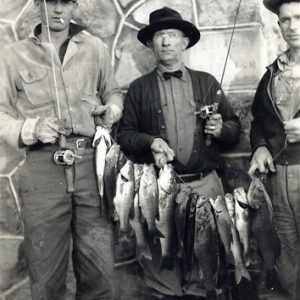 Lon Warneke
Lon Warneke
Warneke, Lon
Warner, Julia McAlmont
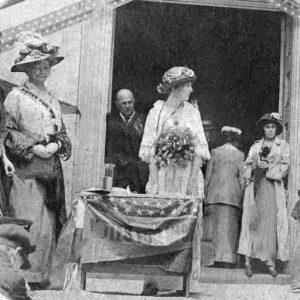 Julia McAlmont Warner
Julia McAlmont Warner
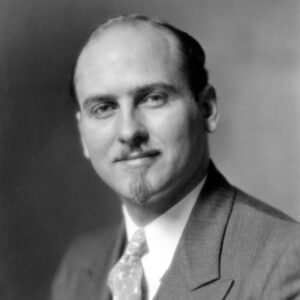 Kenneth O. Warner
Kenneth O. Warner
 Warren Church
Warren Church
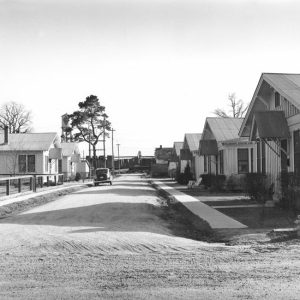 Warren Mill Worker Housing
Warren Mill Worker Housing
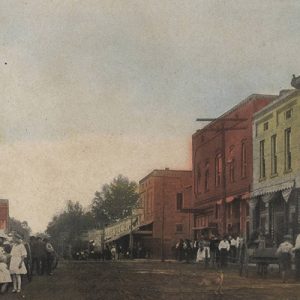 Warren Street Scene
Warren Street Scene
Warren, Will (Lynching of)
 Warren Lynching Article
Warren Lynching Article
Washington County Courthouse
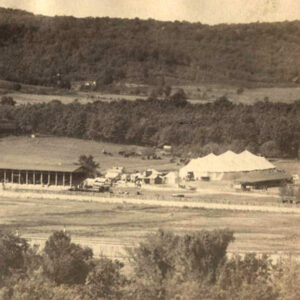 Washington County Fairgrounds
Washington County Fairgrounds
 Washington Street
Washington Street
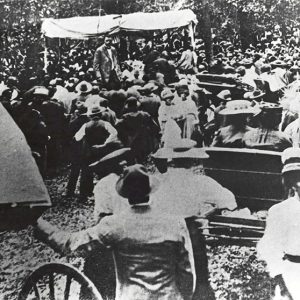 Booker T. Washington
Booker T. Washington
 Article about Elizabeth Wassell
Article about Elizabeth Wassell
Wassell, Elizabeth McConaughey (Bettie)
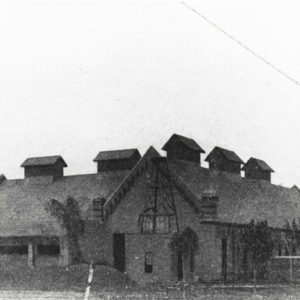 Water and Light Plant
Water and Light Plant
 Julian S. Waterman
Julian S. Waterman
 Waters House
Waters House
Waters House
aka: Dr. Waters House
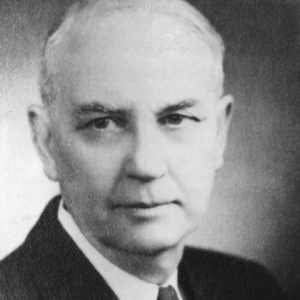 Charles Watkins
Charles Watkins
Watkins, Charles Lee
Watkins, Gertrude
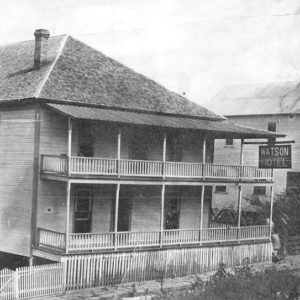 Watson Hotel
Watson Hotel
Watson State Park
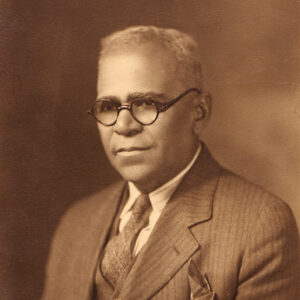 John Brown Watson
John Brown Watson
Watson, John Brown
 WCTU Banquet
WCTU Banquet
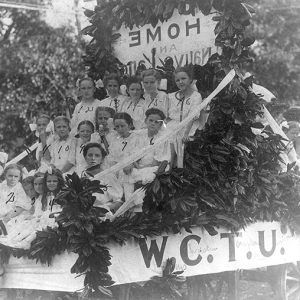 WCTU Float
WCTU Float
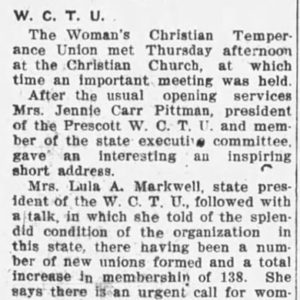 WCTU Meeting
WCTU Meeting
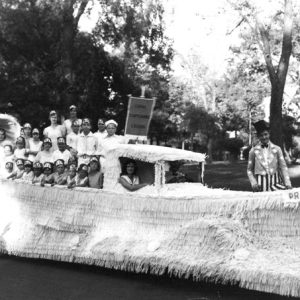 WCTU Parade
WCTU Parade
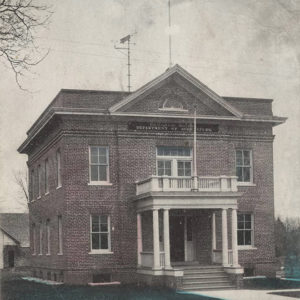 Weather Station
Weather Station
 Weaving Instruction
Weaving Instruction
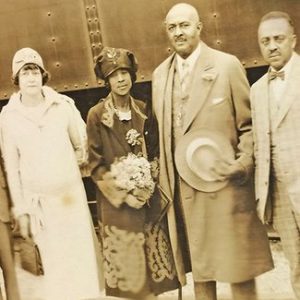 John Lee Webb
John Lee Webb
 John Lee Webb
John Lee Webb
Webb, John Lee
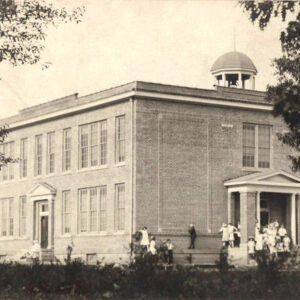 Weiner School
Weiner School
 Welcome Steamboat
Welcome Steamboat
Weldon Gin Company Historic District
Weldon, Casey Bill
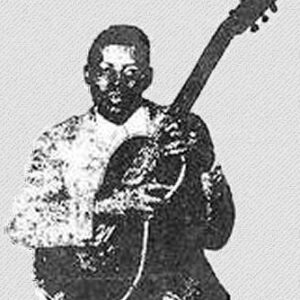 Casey Bill Weldon
Casey Bill Weldon
 Wells Hall
Wells Hall




